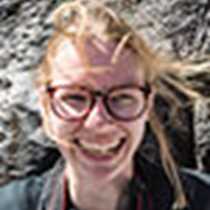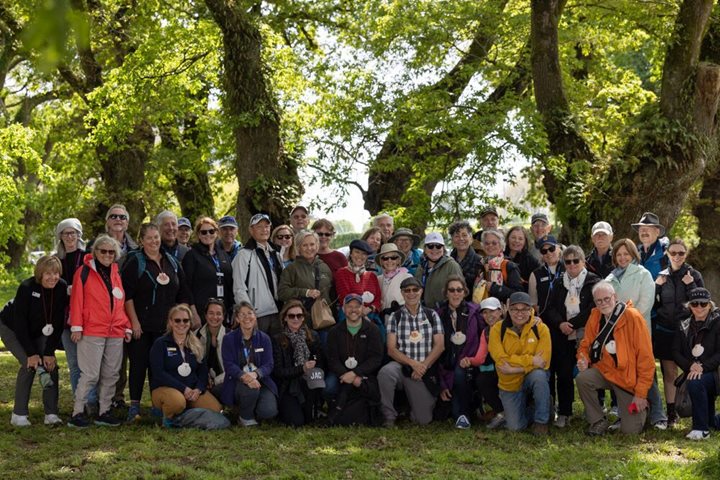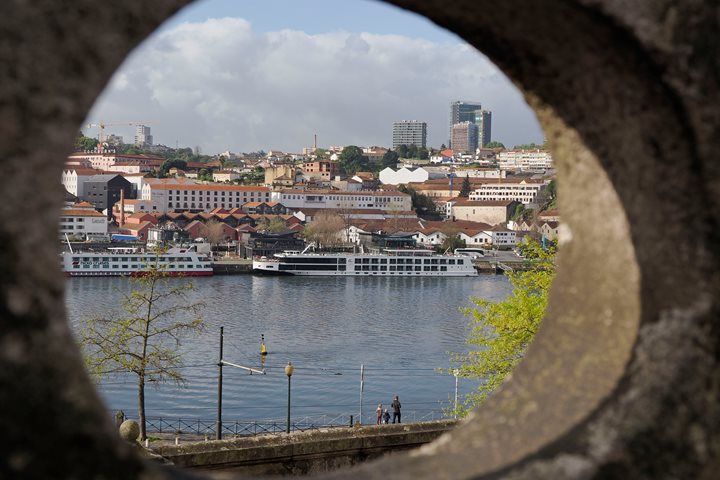Our morning began before dawn with a sleepy coach ride along the coast as the sun came up over the Rio Ulla. Steady rain blocked our view of the sunrise, but we were treated to a gorgeous mist hovering over the water. It was an appropriate welcome to a region often known as the “land of the thousand rivers.”
Our first destination was the Cathedral of Santiago de Compostela, which marks the end point of the Camino de Santiago, a pilgrimage route walked by Christian pilgrims since the early Middle Ages. The pilgrims still come in the hundreds of thousands every year – we saw a number of weary groups arrive and proudly raise their walking sticks for celebratory photos in front of the cathedral. Today, people walk the Camino for any number of reasons, but historically pilgrims came to visit the bones of St. James, one of Jesus’s apostles, which are (supposedly) preserved in the crypt below the altar.
The cathedral represents a remarkable blend of historic architectural styles, from the medieval Romanesque interior and Gothic cloisters to the eighteenth-century Baroque façade. After gazing in awe at the cathedral’s main entrance, which features countless lined scallop shell carvings to represent the Camino and its many pathways, we entered the cathedral through the Portico de La Gloria, an original Romanesque portal. Inside, we admired the enormous gilded Baroque altarpiece and the Botafumeiro, the giant incense burner that is swung from either end of the nave during special services. Guests had the option to attend morning mass and witness this incredible performance.
In addition to its religious, historical, and architectural significance, the city is also known for its cuisine, especially octopus and Galician-style beef. Our naturalist and cultural specialist Madalena also pointed guests in the direction of the best hot chocolate and churros during our free hour in the morning.
Lunch was served at the Hostal de Los Reyes Católicos, a former hospital founded by Ferdinand and Isabella in 1486, which was purchased by the Spanish government and converted into a luxury hotel to promote local gastronomy. Before our traditional meal, we were treated to cocktails, tapas, and a surprise concert from a local dance troupe.
The sun came out in full force before our next stop in A Coruña, where we enjoyed a quiet moment in the María Pita square, which is lined with gleaming glass galleries and art nouveau architecture. Before a quick visit to the Tower of Hercules, claimed to be the oldest functioning lighthouse in the world, we found an outlook to watch National Geographic Resolution sail into the harbour, joining us again after repositioning during our busy but glorious day.






